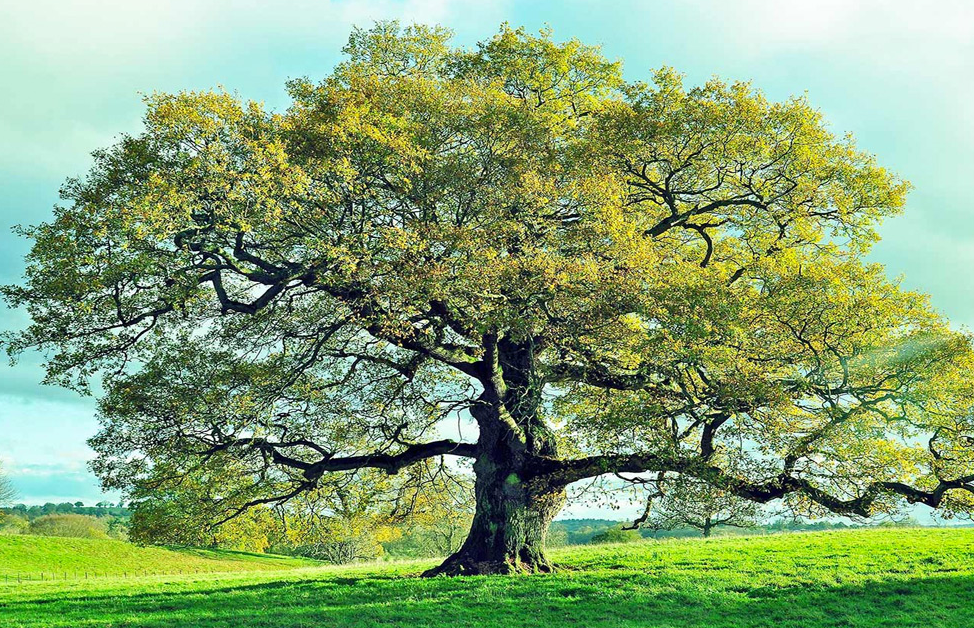Mango (Mangifera indica) is the Bangladesh National Tree, and it holds a special place in the hearts of the Bengali people. Mango is a tropical fruit that is native to the Indian subcontinent, and it is known for its sweet and juicy taste, as well as its numerous health benefits. In this article, we will explore the cultural, economic, and medicinal significance of the mango tree in Bangladesh, as well as its history, conservation, and future.
Brief history of Bangladesh National Tree
Mango is believed to have originated in India, and it has been cultivated in the region for over 4000 years. The fruit was introduced to Bangladesh during the ancient Maurya Empire, and it has been an integral part of Bengali culture ever since. Today, Bangladesh is one of the largest mango producers in the world, and the fruit is an important export commodity for the country.
There are many different types of mango in Bangladesh, each with its own unique taste, texture, and aroma. Some of the most popular varieties include the Himsagar, Langra, Amrapali, and Fazli.
Characteristics of the Bangladesh National Tree
The mango tree is a large evergreen tree that can grow up to 40 meters tall. It has a long, straight trunk and a dense canopy of green leaves. The fruit is borne on the branches of the tree and typically grows in clusters. Mango trees require warm temperatures, high humidity, and well-drained soil to thrive.
The mango tree has a significant economic importance in Bangladesh. In addition to its fruit, the tree provides shade, timber, and fodder for livestock. The wood of the mango tree is also used to make furniture, musical instruments, and handicrafts.
Cultural importance of Mango in Bangladesh
Mango is an important part of the Bengali cuisine, and it is used to make a variety of dishes, including chutneys, pickles, and desserts. The fruit is also used in Bengali literature and art as a symbol of love, beauty, and fertility. In the famous Bengali novel, “Amar Bondhu Rashed,” the protagonist’s love for mango is a recurring theme throughout the book.
Mango is also an important part of Bengali festivals, particularly during the summer months when the fruit is in season. The Bengali New Year, Pohela Boishakh, is celebrated in mid April, and it is a time when mangoes are abundant. People gather to enjoy different types of mangoes and traditional Bengali sweets made from them.
Medicinal properties of mango
Mango is not only a delicious fruit but also has many health benefits. It is an excellent source of vitamins A and C, as well as fiber and antioxidants. The fruit also contains various phytochemicals, including carotenoids and polyphenols, which have been linked to a reduced risk of chronic diseases.
Different parts of the mango tree also have medicinal properties. The bark and leaves of the tree contain compounds that have been traditionally used to treat various ailments, including diarrhea, fever, and respiratory problems. The seed of the mango fruit also contains a potent antioxidant that has been shown to have anti-inflammatory properties.
Conservation of Bangladesh National Tree
Despite the economic, cultural, and medicinal importance of mango in Bangladesh, the mango tree is facing various threats. Climate change, pests, diseases, and deforestation are some of the major challenges that are affecting mango cultivation in the country.
To address these issues, the government of Bangladesh, along with various non-governmental organizations, is implementing several conservation programs. These programs aim to promote sustainable agriculture practices, improve the resilience of mango trees to climate change, and reduce the use of harmful pesticides and chemicals.
Conclusion
Mango is not just a fruit, but a symbol of Bengali culture and identity. It has played a vital role in the history, economy, and traditions of Bangladesh. However, to ensure the future of this national tree, it is essential to prioritize conservation efforts and promote sustainable agriculture practices.
In conclusion, mango is more than just a delicious fruit. It is a symbol of the rich cultural heritage of Bangladesh, and it represents the resilience and adaptability of the Bengali people. Let us celebrate the national tree of Bangladesh and work towards its conservation and sustainability.
FAQs
- What is the scientific name of the mango tree?
The scientific name of the mango tree is Mangifera indica.
- How long does it take for a mango tree to bear fruit?
It takes around 3-5 years for a mango tree to bear fruit.
- What is the best season to harvest mangoes in Bangladesh?
The best season to harvest mangoes in Bangladesh is from May to September.
- Is mango the only national symbol of Bangladesh?
No, mango is not the only national symbol of Bangladesh. The country also has a national flower, animal, and bird.
- What are some popular mango dishes in Bangladesh?
Some popular mango dishes in Bangladesh include mango chutney, aam panna, and mango lassi.
References
- “Mango: Health Benefits, Nutrition, and Uses.” Medical News Today, MediLexicon International, 29 Nov. 2018, www.medicalnewstoday.com/articles/323953.
- “Mangifera indica (Mango).” CABI, 2021, www.cabi.org/isc/datasheet/32821.
- Islam, M., Hossain, M., Islam, M. M., & Ali, M. A. (2015). Medicinal plants used in traditional medicine by Oraon community of Sylhet District, Bangladesh. Asian Pacific Journal of Tropical Biomedicine, 5(3), 234-241.

